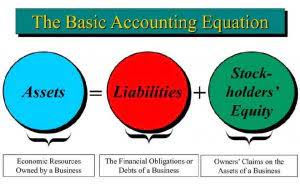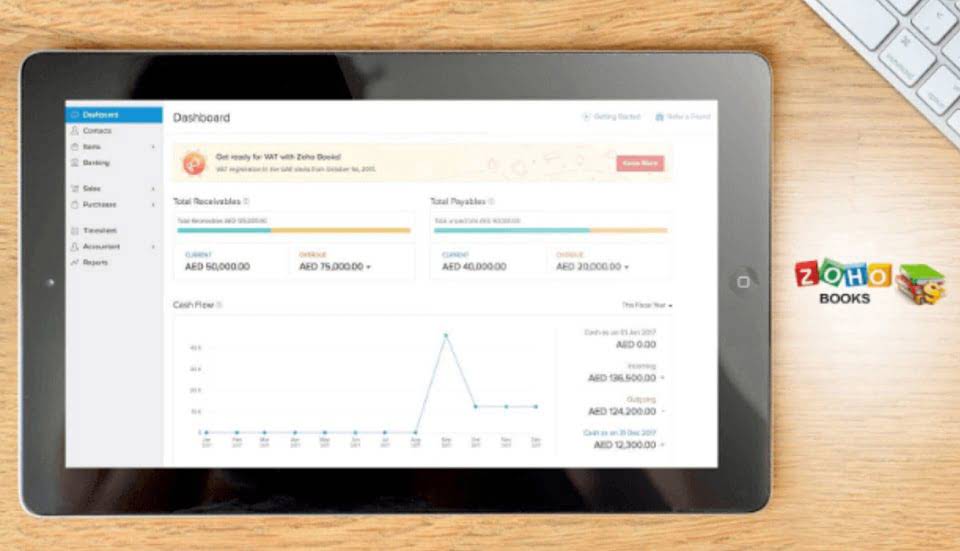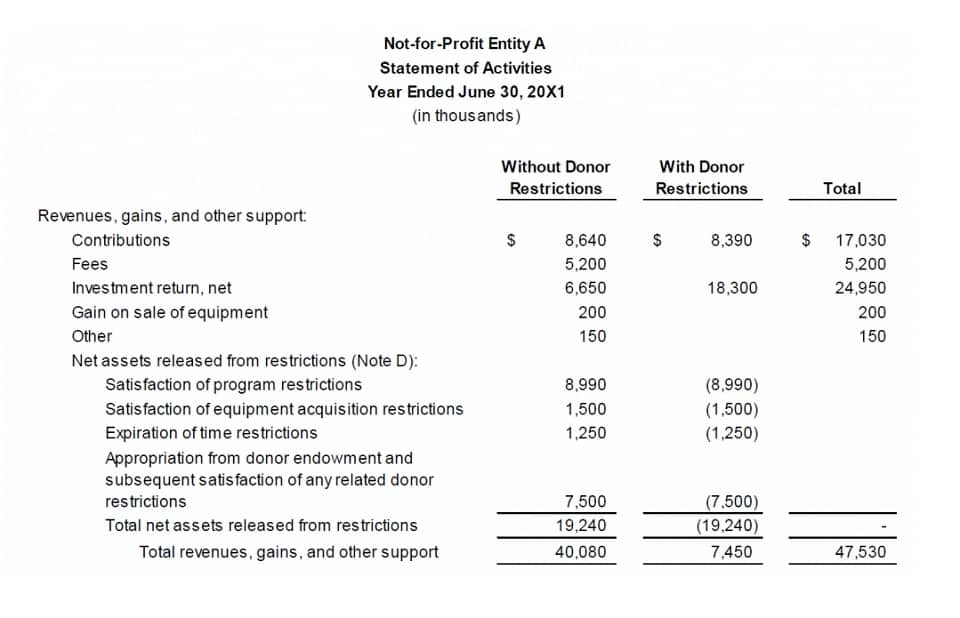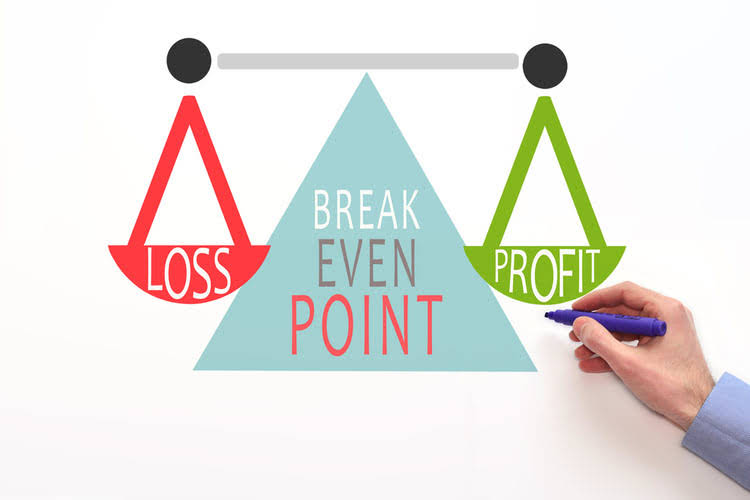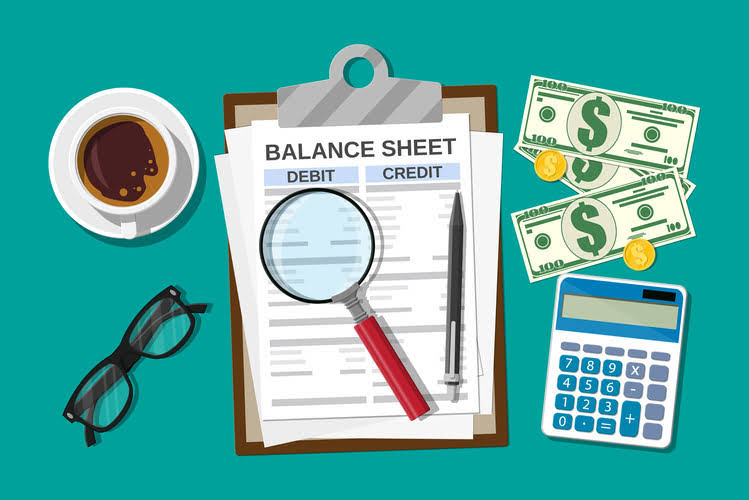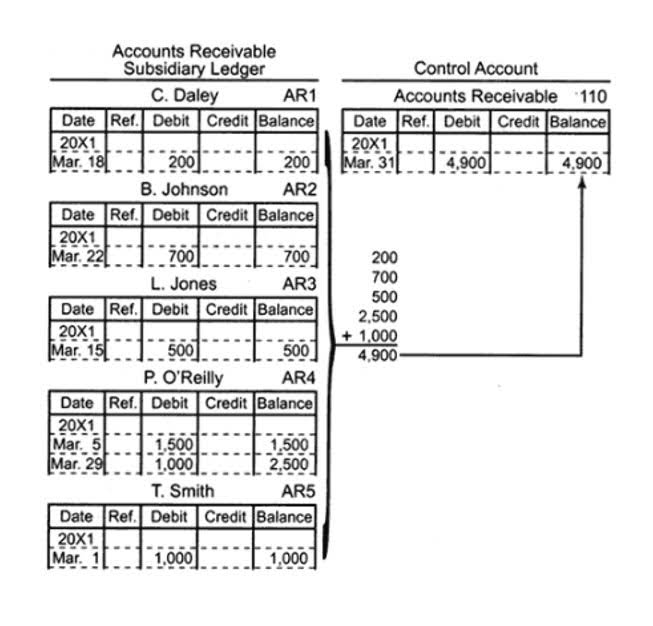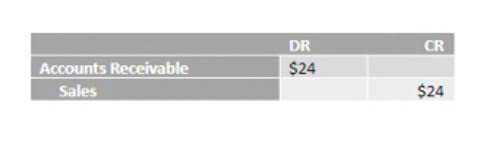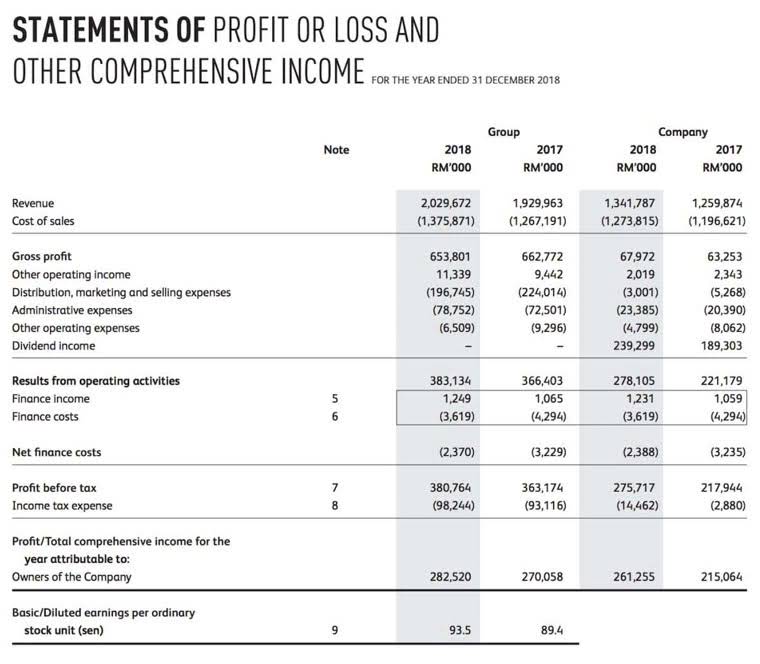Financial Statements Financial Accounting
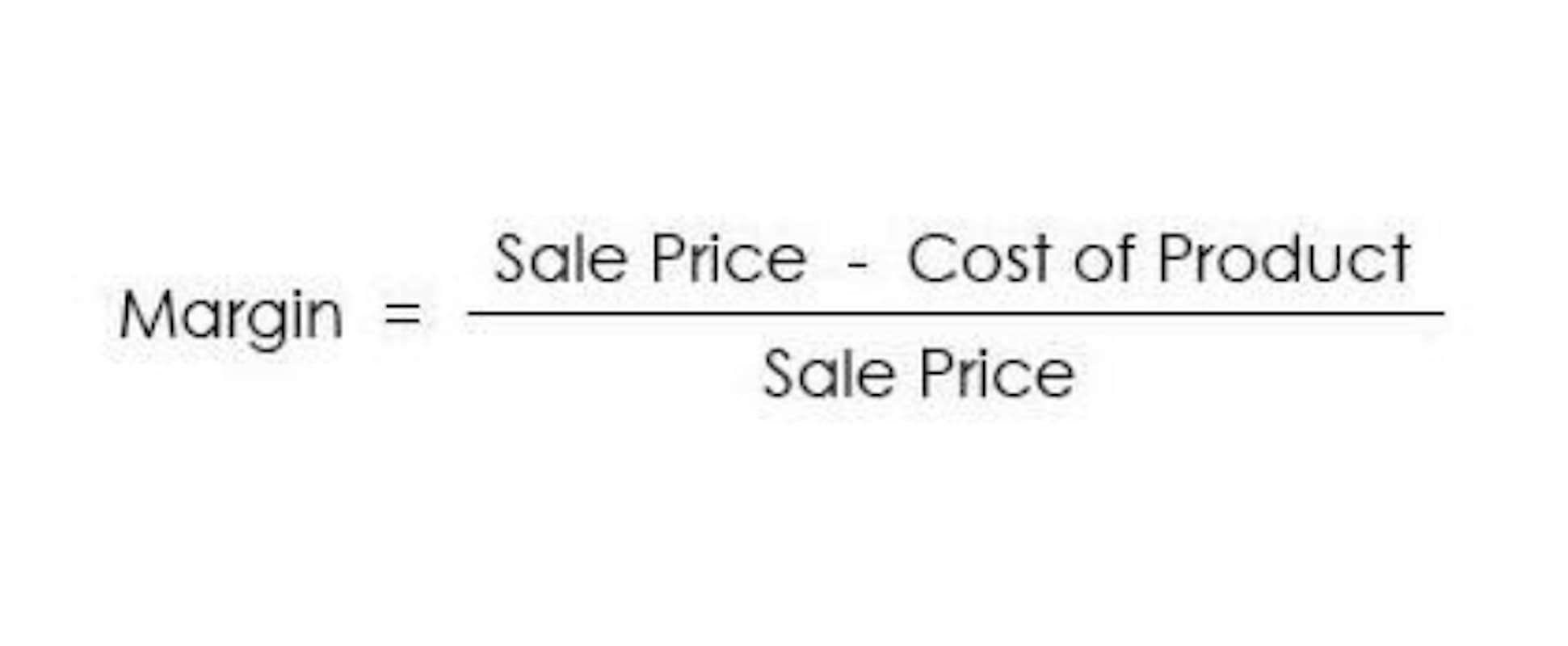
This direct transfer ensures that the accounting equation remains balanced and that all financial components are accurately represented. Following the Income Statement, which of the following financial statements typically is prepared last? the Statement of Owner’s Equity, or for corporations, the Statement of Retained Earnings, is prepared. This statement tracks the changes in the total equity of the business over the same accounting period as the Income Statement. For sole proprietorships and partnerships, it details owner contributions, withdrawals, and the impact of net income or loss. Corporations, conversely, focus on retained earnings, which represent the accumulated profits not distributed as dividends.
Financial Accounting
The net income or loss calculated on the adjusting entries Income Statement directly flows into this statement, either increasing or decreasing the equity balance. For instance, a net income increases retained earnings or owner’s equity, while a net loss reduces it. Other factors, such as new capital contributions from owners or the payment of dividends to shareholders, are also accounted for here. This statement provides a clear link between a company’s profitability and its overall ownership stake. Assets include items like cash, accounts receivable, and property, while liabilities encompass obligations such as accounts payable and loans. The ending balance of owner’s equity or retained earnings, calculated in the preceding statement, is carried over directly to the equity section of the Balance Sheet.

Struggling with Financial Accounting?
Notice how the heading of the balance sheet differs from the headings on the income statement and statement of retained earnings. A balance sheet is like a photograph; it captures the financial position of a company at a particular point in time. The Income Statement, also known as the Profit and Loss (P&L) Statement, is typically the first financial document prepared by a business. Its primary purpose is to report a company’s financial performance over a defined period, such as a fiscal quarter or a full year. This statement summarizes all revenues earned and expenses incurred, along with any gains or losses, to arrive at a net income or net loss figure. This “bottom line” result is an indicator of profitability and represents the earnings available to the business owners or shareholders.
- Following the Income Statement, the Statement of Owner’s Equity, or for corporations, the Statement of Retained Earnings, is prepared.
- This “bottom line” result is an indicator of profitability and represents the earnings available to the business owners or shareholders.
- While several primary financial statements exist, they are not prepared in isolation.
- Assets include items like cash, accounts receivable, and property, while liabilities encompass obligations such as accounts payable and loans.
- Operating activities generally include the cash effects of transactions and other events that enter into the determination of net income.
- This statement provides a clear link between a company’s profitability and its overall ownership stake.
- The statement of retained earnings – also called statement of owners equity shows the change in retained earnings between the beginning and end of a period (e.g. a month or a year).
Accounting 101

The net income or loss directly impacts subsequent financial statements, making its accurate determination essential for future financial calculations. The statement of cash flows shows the cash inflows and cash outflows from operating, investing, and financing activities. Operating activities generally include the cash effects of transactions and other events that enter into the determination of net income. Management is interested in the cash inflows to the company and the cash outflows from the company because these determine the company’s cash it has available to pay its bills when due. We will examine the statement of cash flows in more detail later but for now understand it is a required financial statement and is prepared last. The statement of cash flows uses information from all previous financial statements.

Tracking Changes in Equity
- The net income from the income statement will be used in the Statement of Equity.
- The statement of cash flows shows the cash inflows and outflows for a company over a period of time.
- The balance sheet, lists the company’s assets, liabilities, and equity (including dollar amounts) as of a specific moment in time.
- Its primary purpose is to report a company’s financial performance over a defined period, such as a fiscal quarter or a full year.
- For instance, a net income increases retained earnings or owner’s equity, while a net loss reduces it.
The net income from the income statement will be used in the Statement of Equity.
What Was a Cooper in Medieval Times?

Operating activities relate to the core business operations, investing activities involve the purchase Accounts Receivable Outsourcing or sale of long-term assets, and financing activities deal with debt, equity, and dividends. This statement reconciles the beginning and ending cash balances reported on the Balance Sheet, explaining the changes in cash throughout the period. It helps stakeholders understand the liquidity of the business and its ability to generate cash. Financial statements serve as a universal language for businesses, communicating their financial health and performance. These reports are crucial tools for decision-making, providing insights for owners, investors, and creditors alike. While several primary financial statements exist, they are not prepared in isolation.

